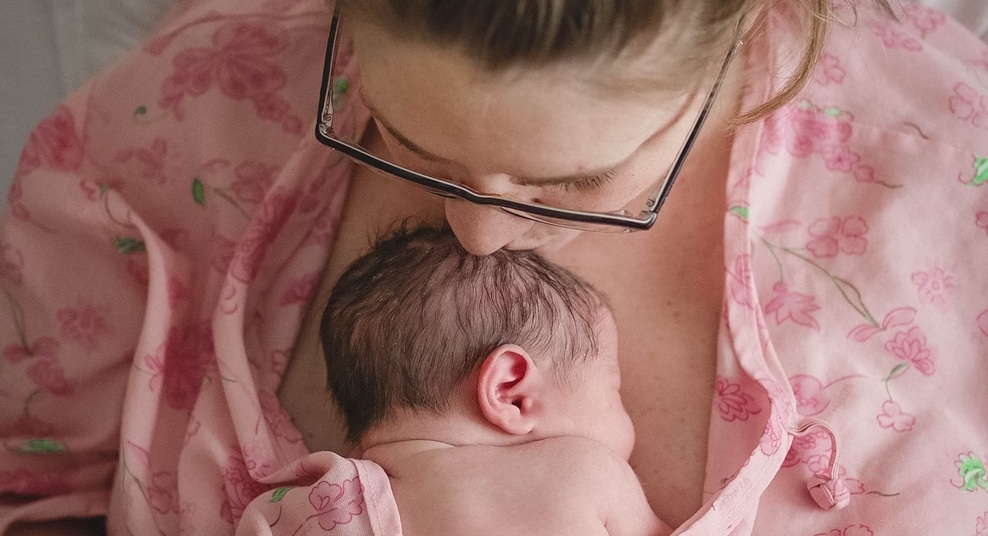In this section
The first week after birth is a time of recovery and adjustment.
This section offers guidance on caring for your bladder and pelvic floor. Please also explore our Bladder, Bowel and Vaginal Care page for additional advice.

The first week after birth is a time of recovery and adjustment.
This section offers guidance on caring for your bladder and pelvic floor. Please also explore our Bladder, Bowel and Vaginal Care page for additional advice.
We've written out what's been said in this video below if you'd like to read instead of listening to it. If you'd like it in another language, click here for instructions.
The pelvic floor muscles sit between the pubic bone and the tailbone.
They sit around the back passage, vagina and opening of the bladder maintaining bladder and bowel control and supporting the pelvic organs.
Pregnancy increases the load on these muscles so strengthening the pelvic floor during and after every
pregnancy is essential whether you've had a vaginal or a caesarean birth.
To do your pelvic floor exercise:
We've written out what's been said in this video below if you'd like to read instead of listening to it. If you'd like it in another language, click here for instructions.
During labour you should pass urine regularly every two to four hours. If you have any concerns please speak to your Midwife.
During and following birth drink small amounts of water regularly, rather than having a large volume all at once.
After birth or having your catheter removed, you should have passed urine within the first six hours. It's important that when you first pass urine it's measured by the midwife. To help pass urine, sit on the toilet seat and relax. It might help to run some water or gently tap over the bladder.
Some women have difficulty fully emptying their bladders after giving birth which can lead to long-term issues if not identified. In this case, your healthcare provider may advise that you have a catheter for a short period of time to allow your bladder to rest and recover. Remember it's important to avoid constipation and straining. It's important to tell your midwife if the sensation to empty your bladder is reduced. You can set a reminder to urinate every two to three hours to help with this.
If you have difficulty emptying your bladder. If you've not been able to pass urine within six hours of birth or catheter removal, or if you notice that you're leaking urine particularly when standing and moving around.